IN early June 2009, Parti Keadilan Rakyat (PKR) announced it would be amending its constitution to include, among others, a 30% quota for women leaders at all levels. PKR’s move likely made it the first party from either the Pakatan Rakyat or the Barisan Nasional to make a concrete commitment towards including more women in politics.
Women’s rights advocates agree that PKR’s new quota for women in leadership positions is a step in the right direction. The party has clearly absorbed many points women’s advocacy groups have been making for years about gender equality.
But how effective will PKR’s gender quota be, and how exactly will it be put into place?
Women of substance
Wanita PKR deputy chief Rodziah Ismail stresses one point repeatedly: the women who fill her party’s new quota must be able to make a substantial contribution, not just fill seats.
“If we pick you as a candidate, it’s not because you are beautiful, or you are nice to others. You must go on this line: you are capable, you are giving the best performance, people are seeing you as a leader. If not, sorry,” she tells The Nut Graph in an interview at her office in Shah Alam.
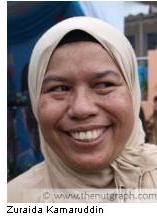 But both Rodziah and Wanita PKR chief Zuraida Kamaruddin have expressed concerns about a lack of qualified women to fill top positions. Indeed, if women are traditionally kept out of leadership positions, what will ensure that qualified women actually make it to top posts in a party or organisation?
But both Rodziah and Wanita PKR chief Zuraida Kamaruddin have expressed concerns about a lack of qualified women to fill top positions. Indeed, if women are traditionally kept out of leadership positions, what will ensure that qualified women actually make it to top posts in a party or organisation?
PKR is addressing the lack of qualified female candidates by implementing training programmes, which would focus on skill and confidence building, Rodziah said. The most promising participants in these programmes could be fast-tracked into leadership positions. Most of the efforts to implement the quota are currently concentrated on developing and implementing such programmes, she said.
A strategy focused on fast-track training programmes is also in line with recommendations from women’s groups, says Dr Cecilia Ng, an academic and women’s rights activist, in a phone interview.
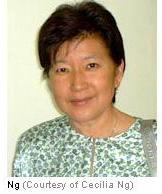 Ng, who is visiting professor at the Women’s Development Research Centre at Universiti Sains Malaysia, notes that training programmes like these are essential to ensure that women are qualified to do substantial work. “You have to do a lot more groundwork, and identify potential leaders, identify the younger leaders, [and] together go through trainings [and] empowerment programmes,” she said.
Ng, who is visiting professor at the Women’s Development Research Centre at Universiti Sains Malaysia, notes that training programmes like these are essential to ensure that women are qualified to do substantial work. “You have to do a lot more groundwork, and identify potential leaders, identify the younger leaders, [and] together go through trainings [and] empowerment programmes,” she said.
What does it mean?
Skills training aside, PKR’s constitutional amendment could be defined in any number of ways. But Rodziah explained that the 30% quota would be incorporated at every level.
For example, in a branch with 15 seats, five should be held by women. If five of those 15 seats are decision-making positions, at least one should be held by a woman, Rodziah says. The same principle would apply at the federal level.
Still, 30% of women in leadership positions does not necessarily translate into 30% of women as elected representatives.
Rodziah said the party would meet in July 2009 to plot a two-year plan for increasing the number of female candidates in the next elections. However, she did not indicate what that plan would consist of, just as she was short on detailing the party’s training programmes or what the party’s deadline was to achieve its 30% quota.
“We have our strategy but I can’t expose it,” she says.
Racial barriers
Rodziah also expressed barriers to women’s participation in Malaysian politics in racial terms, revealing that gender discrimination is just one of many issues female politicians have to deal with.
When asked what the biggest barriers are to Malaysian women’s participation in politics, she divided them along racial lines. “Chinese women are good in giving ideas, projecting themselves. But some Malay women are a bit slow in that.”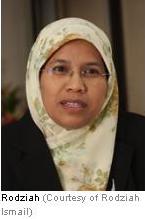
In other words, despite the fact that PKR is multiracial, party members still face racial prejudice from their peers about how they will perform.
Political parties can’t achieve equality among their members by considering gender alone, Ng notes. They also have to tackle discrimination based on age and race.
“The 30% quota has to represent the different ethnic groups, different age groups, and geographical locations,” she argues.
Preventing ghettos
These issues aside, Simranjit Kaur Gill, who lobbies for more women in positions of power with the Women’s Candidacy Initiative, says applying the quota could address the problem of women being ghettoised in certain positions.
“Society considers women as only being relevant to consider women’s issues, like family and healthcare,” she said. “And if you look at the political system in Malaysia, with the exception of (Tan Sri) Rafidah Aziz, the usual cabinet positions given to women relate to social welfare, national unity, sports, youth, women, family and community.”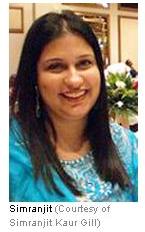
This limitation on the acceptable roles that women can play in public office is yet another barrier for Malaysian women in politics, Simranjit adds. “We are ready for the ministries of defence, finance and, yes — even to be prime minister.”
But it remains unclear if PKR’s women’s wing is on the same page as women’s rights advocates.
“[Women] can’t only be championing women’s issues,” Rodziah says, for example. “Women’s issues should be on par with other issues.”
In other words, women should not be emphasising women’s issues more than other issues. But that argument presupposes that women’s issues are already given the same level of importance as others, and that male politicians would address and promote women’s concerns in the absence of female counterparts.
The lack of clarity aside on the issues involved in gender equality, PKR should be commended. While other politicians and political parties have merely announced objectives for increasing female representation, PKR has enshrined a women’s quota in their constitution, setting a benchmark for others to follow.
Equally important, it means other political parties and civil society can hold them accountable if they fail to achieve what they promise they would do.

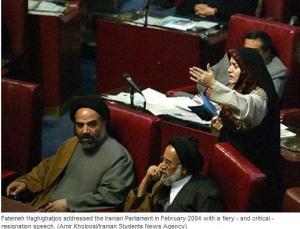
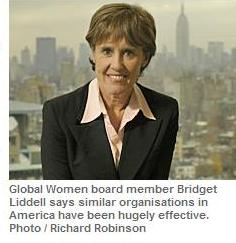
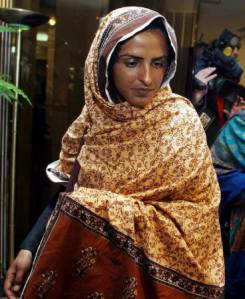 Mukhtar Mai, a leading Pakistani women’s rights advocate, gained fame for the way she courageously stood up to traditions that violated her human rights. Online, one can find plenty of information about her – her gang rape, her recent marriage, her strides for women’s rights and education, and the harassment that she has faced from Pakistani government officials. While her past is now known around the globe, her future, in light of the Multan Electric Power Company’s June 11 raid on the Mukhtar Women’s Welfare Organization, remains uncertain. With the exception of coverage by Nicholas Kristof’s blog (“
Mukhtar Mai, a leading Pakistani women’s rights advocate, gained fame for the way she courageously stood up to traditions that violated her human rights. Online, one can find plenty of information about her – her gang rape, her recent marriage, her strides for women’s rights and education, and the harassment that she has faced from Pakistani government officials. While her past is now known around the globe, her future, in light of the Multan Electric Power Company’s June 11 raid on the Mukhtar Women’s Welfare Organization, remains uncertain. With the exception of coverage by Nicholas Kristof’s blog (“